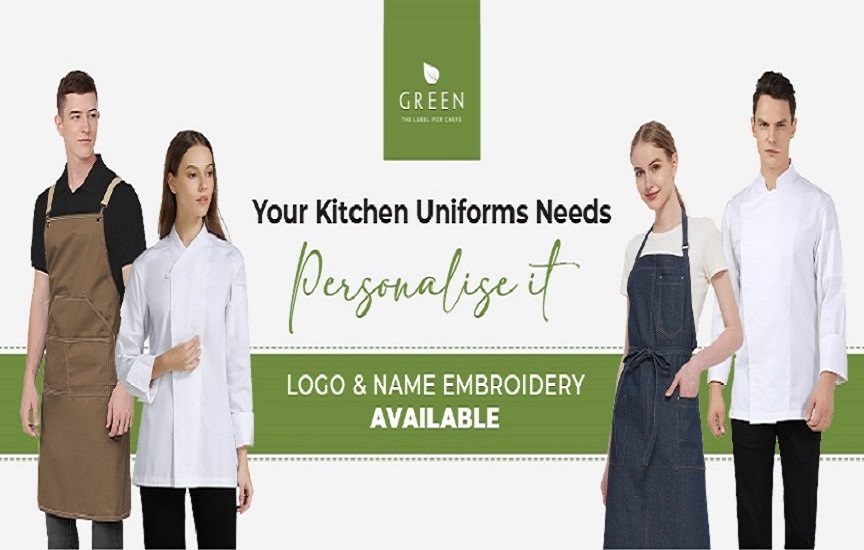In the hospitality industry, wearing uniforms is particularly important and beneficial to both employees and customers. For the front house staff, wearing uniforms can make them easier to identify and maintain a professional image. For behind-the-scenes workers like chefs, uniforms are important for health, safety and hygiene. If you work in the hospitality industry, it is important to wear the correct uniform and understand why you are doing should.
Reason for Chefs to Wear Uniforms
Food Hygiene
Wearing the right uniform is just one of the positive steps you can take to ensure food safety. Chefs must always wear the correct protective clothing in the food area, as this will help ensure that any contaminants carried on normal clothing (such as pet hair or dirt) will not contaminate the food.
In addition to wearing white clothes, chefs must wear proper hair coverings whilst in food preparation areas. For instance, wearing a hat to cover your hair and a beard snoods to cover any facial hair will help prevent the hair from falling into the food. Moreover, when complying with other uniform requirements, such as not wearing jewellery to work, you will help prevent further contamination. For example, you will prevent any bacteria that may be trapped in the crevices of the jewellery or any physical gems that may fall from the jewellery from coming into contact with food. In turn, this will bring safer food and benefits, including happier customers and a better business reputation.
Personal Comfort
Multiple ovens, stoves, and other heating equipment undoubtedly make commercial kitchens a hot environment. For chefs, high temperatures can become very uncomfortable, especially when they work long shifts. Therefore, wearing appropriate uniforms is essential for personal comfort.
To be comfortable and keep cool, chefs should wear uniforms that suit them and still have space for air circulation and breathability. It should be made of comfortable materials and will not irritate the skin during use. The chef must tell someone if their uniform is uncomfortable or unfit, as this will affect their comfort, work ability and long-term performance.
Professionalism
Although the chef uniform is important for food safety and employee comfort, it also has uses in terms of appearance. Your restaurant may have an open kitchen where people can see the food they are preparing, or the chef in your restaurant is usually not seen by the public. However, no matter what kind, chef uniforms give people an appearance of professionalism. If customers notice that the chef is wearing their own clothes, they may have questions about the safety of the food they prepare.
In addition, it would also be beneficial if employees wear uniforms outside the kitchen, including your front house staff. Customers will be able to identify your employees faster, resulting in reduced waiting time, faster and better customer service, and overall happier customers.
What does a chef uniform include?
From jackets to shoes, chef uniforms consist of several parts, each of them has a specific purpose. In addition, certain uniforms indicate qualifications in the chef's rank. The different components are:
Jacket
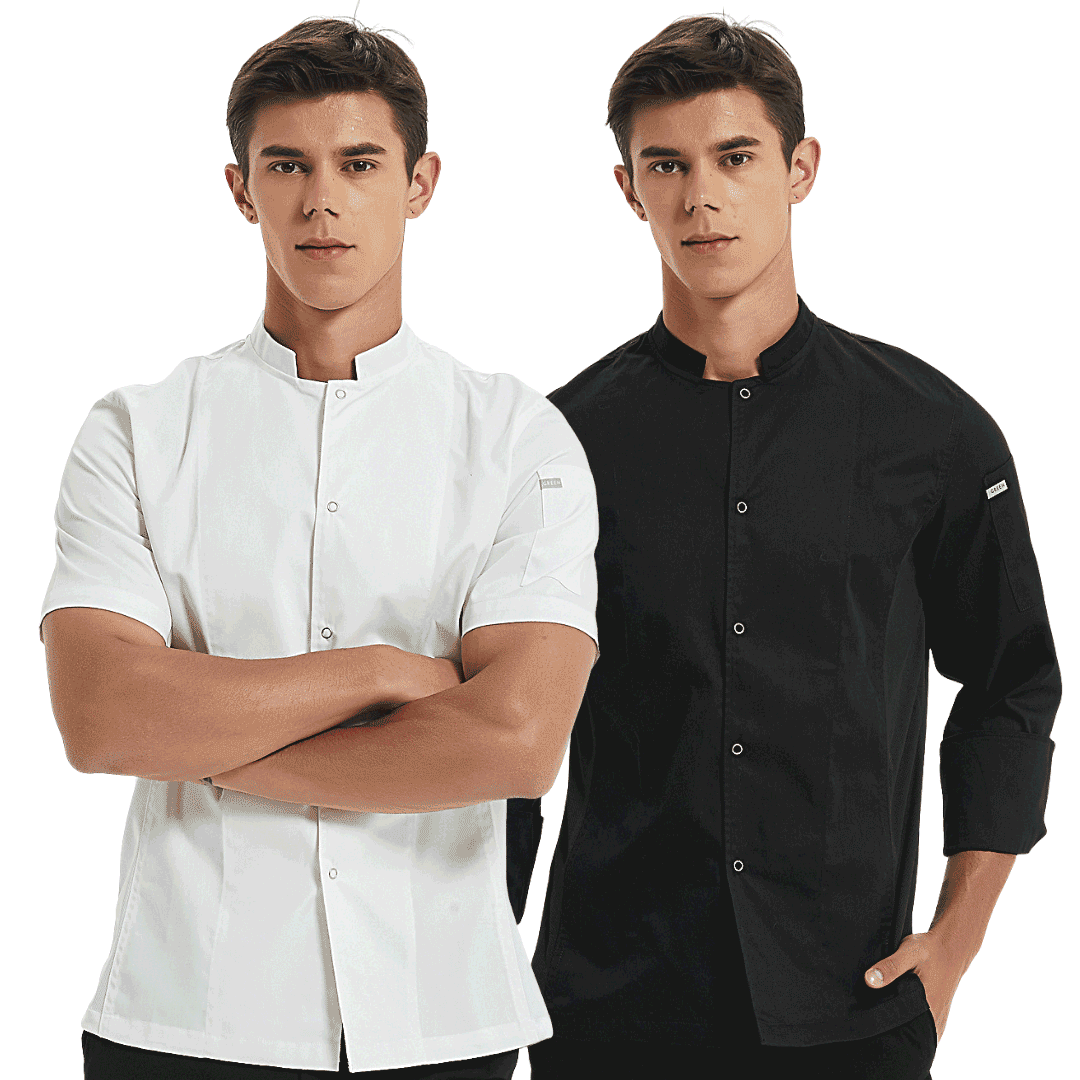

Chef jackets are double-breasted, so that they can be turned inside out whenever it is stained. In addition, the jacket is made of double-layer cotton to ensure that the chef is protected from stove heat or heat splashes that may occur while working in the kitchen. The jacket is usually white because it looks clean and stains can be easily identified, which in turn helps to maintain hygiene.
Pants
Chef pants can also prevent contaminants from contaminating the food. They are made of thick materials to help reduce the risk of heat spills, and they are loose to help movement and breathability.
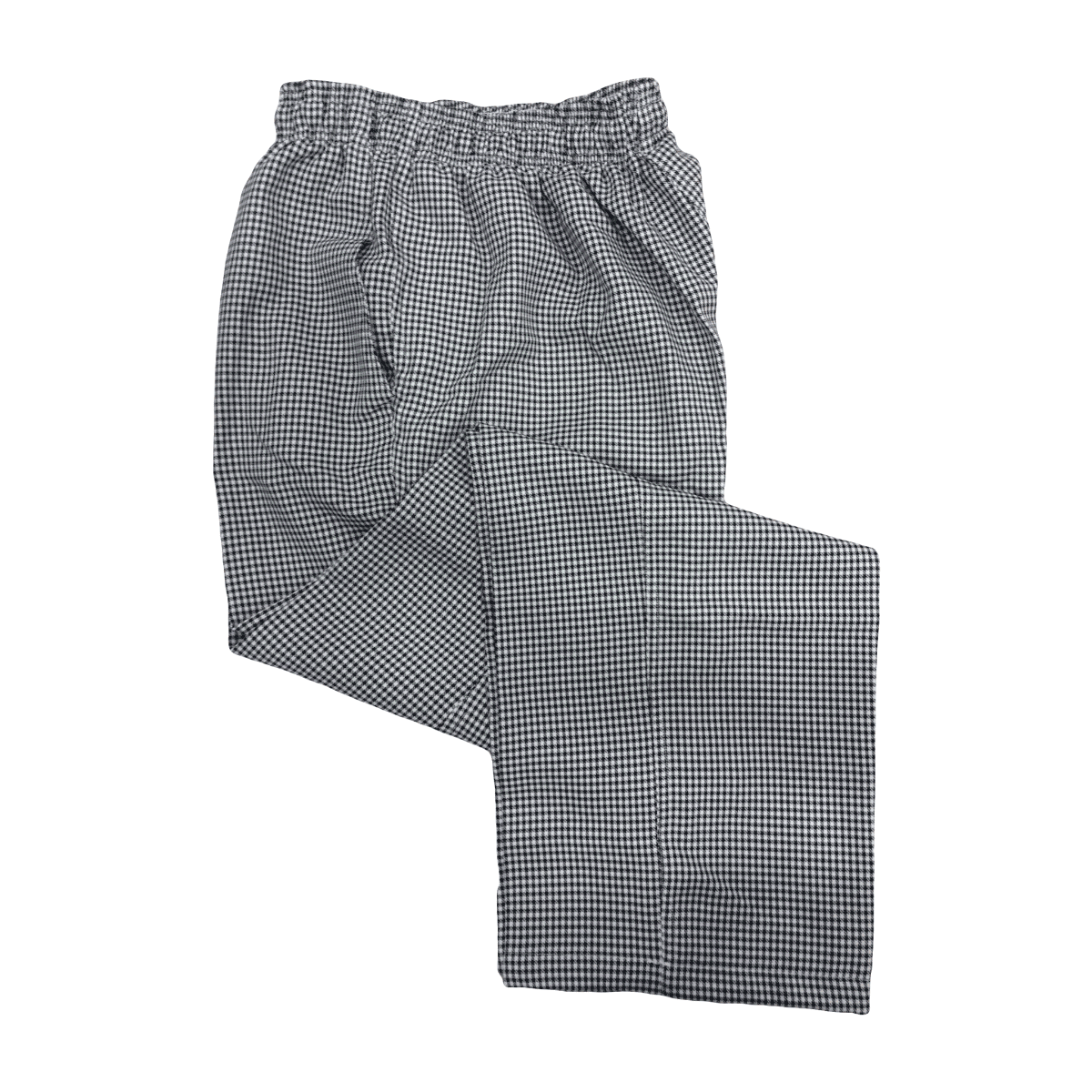

Apron
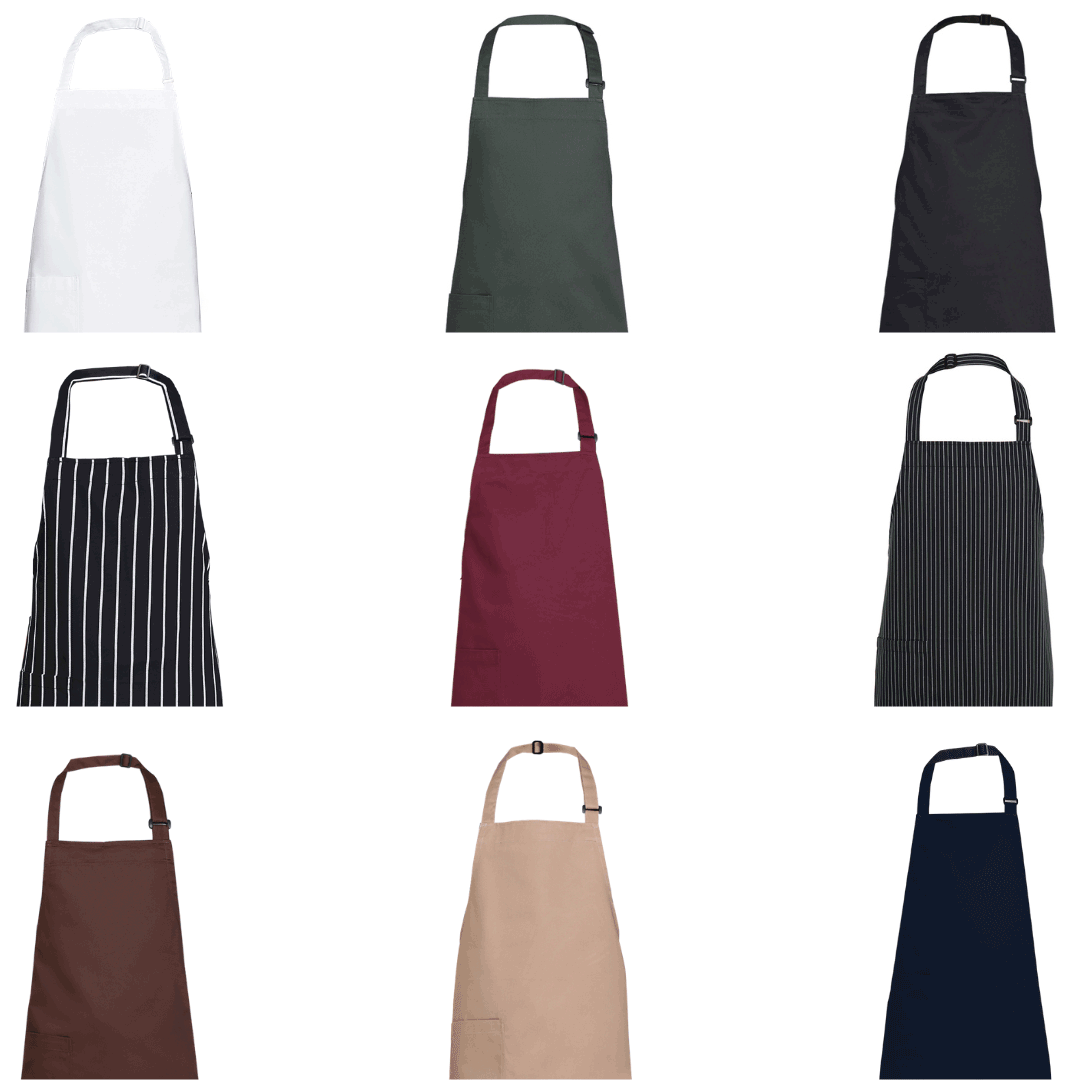

Traditionally, chef aprons are not part of the chef uniforms. However, today many chefs are opting to wear an apron over their white uniform when in the kitchen. It provides an added layer of protection against heat, flames, and stains. That said, the apron must be well-fitting and made of flame-retardant material. This will prevent any loose parts from falling into the food or coming in contact with open fire.
Hat
The traditional chef hat is also known as Toque Blanche and is one of the most distinguishing components of the chef uniform. In the past, wearing the Toque Blanche indicated the status of the chef; the higher the chef’s hat, the more senior they were. Also, the number of pleats on the hat denoted the number of recipes the chef had mastered.
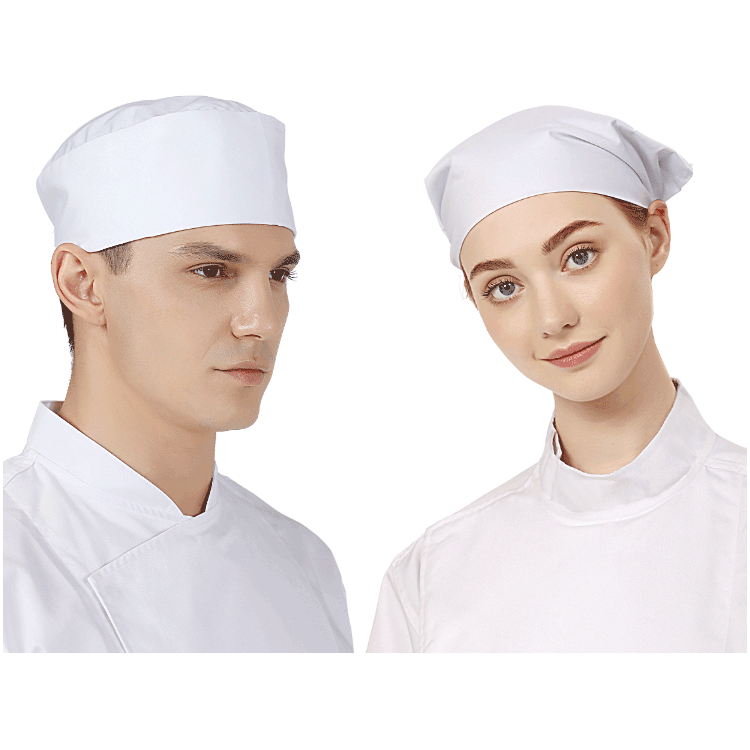

Shoes
As chefs have to stand on their feet for long hours, they must wear comfortable shoes. The shoes must be well-fitted with good shock absorption ability. This will reduce the pressure on the bottom of the feet from standing for long hours. Additionally, chefs must wear non-slip shoes with steel or reinforced toecaps. This will also limit the risk of injury in case the chef drops any heavy equipment or hot liquids. Many chefs even choose to wear shoes without laces as they limit the risk of tripping over.

